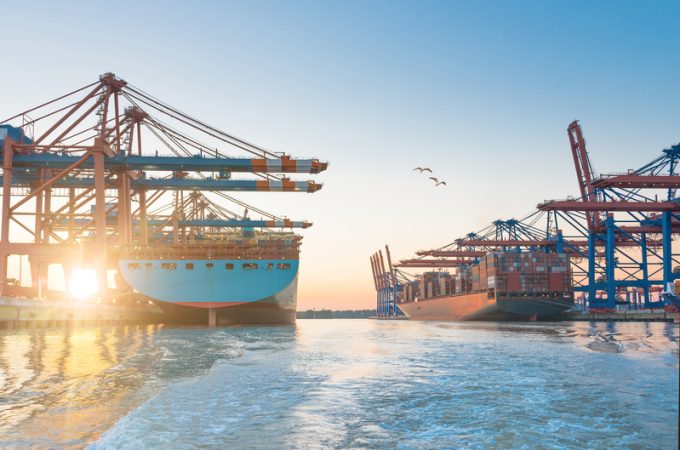Airfreight demand expected to weaken through Q2
Weak ecommerce demand has seen cancellations of airline block space agreements and charters, particularly to the ...

Asia-North Europe container spot rates eased back slightly this week, as carriers ’hoovered up’ stockpiled cargo accumulated before Chinese New Year.
However, rates from Asia to the US increased again.
Today’s reading of the Freightos Baltic Index (FBX) for a 40ft from Asia to North Europe was $8,308, compared with $8,430 a week ago, but for west Mediterranean ports, the FBX spot rate edged up $74, to $7,967 per 40ft.
The modest softening of rates were no doubt a consideration in the 2M’s ...
Volcanic disruption at Anchorage could hit transpacific airfreight operations
Macron calls for ‘suspension’ – CMA CGM's $20bn US investment in doubt
Forwarders stay cool as US 'liberation day' tariffs threaten 'global trade war'
De minimis exemption on shipments from China to the US will end in May
Shippers snap up airfreight capacity to US ahead of tariff deadline
Tighter EU import requirements proving 'a challenge' for forwarders
Looming Trump tariffs will create 'a bureaucratic monster' for Customs

Comment on this article